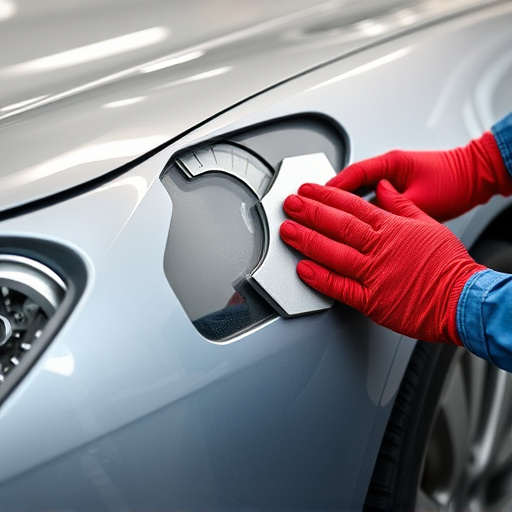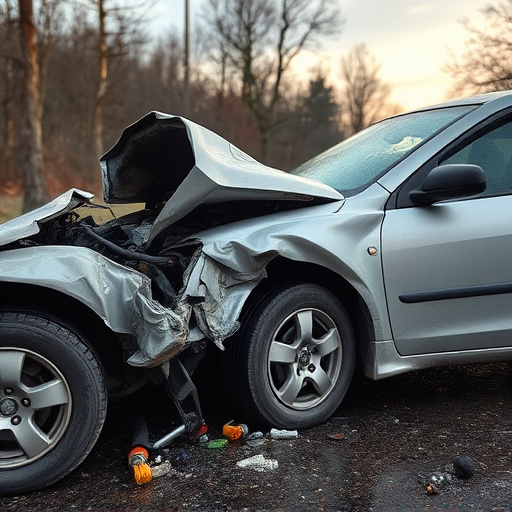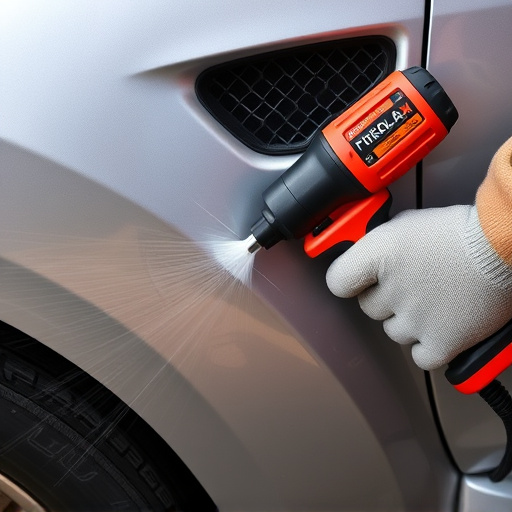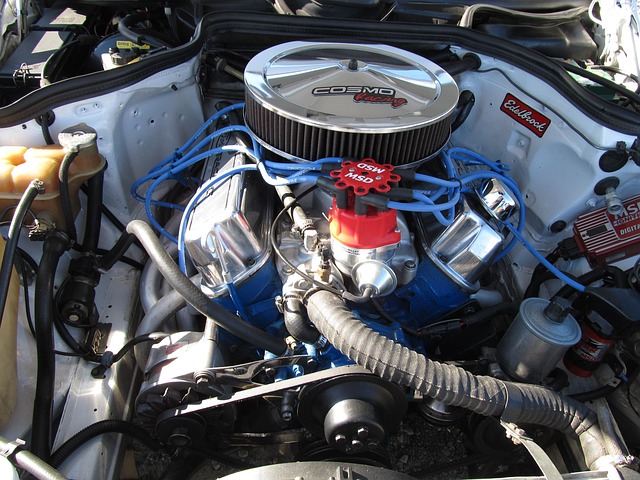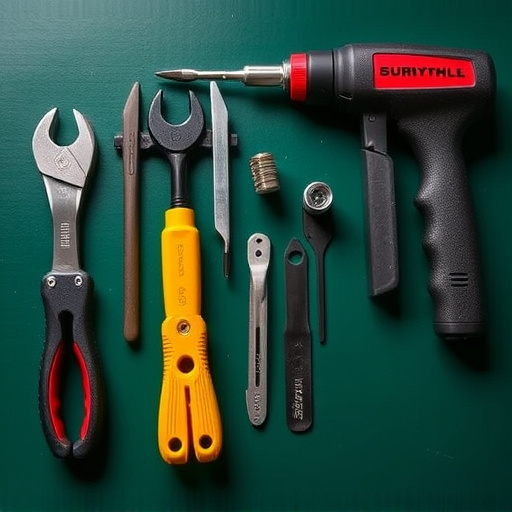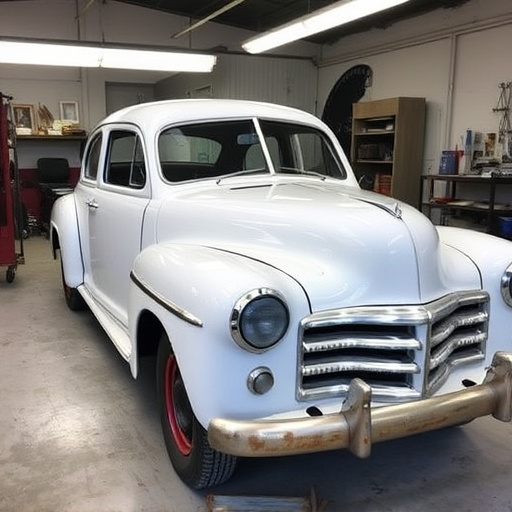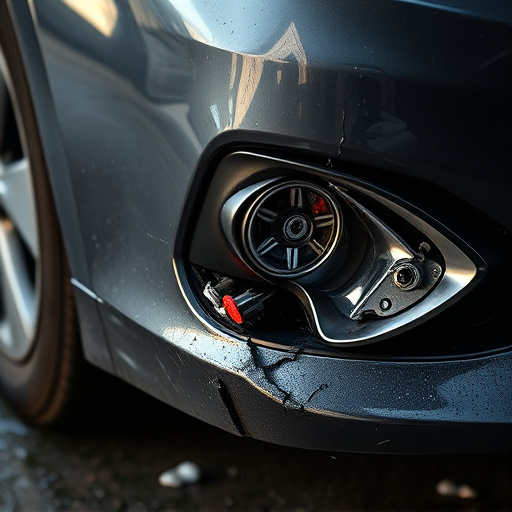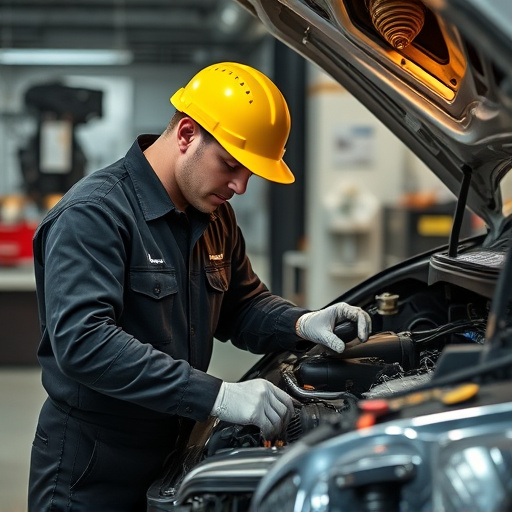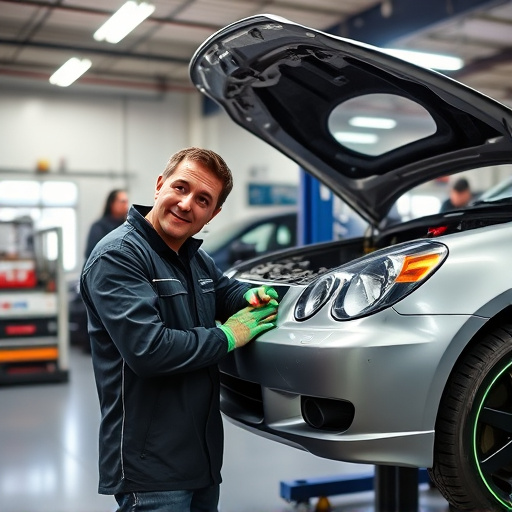Factory seam duplication is a specialized process that creates precise duplicates of vehicle seams to prevent water and air intrusion during repairs or new body panel creation, preserving structural integrity and aesthetic appeal. This method involves meticulous examination, measurement, 3D scanning, and CNC machining by trained technicians. It offers significant advantages over rudimentary dent removal techniques, especially in complex designs and diverse environmental conditions, ensuring continuous and strong barrier systems against water and air infiltration. Implementing effective factory seam duplication strategies is crucial for enhancing structural integrity and long-term durability in automotive repair processes.
In industrial settings, maintaining robust water and air barriers is paramount. One effective strategy gaining traction is factory seam duplication, a process that replicates seams used in barrier systems to prevent intrusion. This article delves into the fundamentals of factory seam duplication, exploring its significance in creating seamless (pun intended) defenses against moisture and air penetration. We’ll uncover the critical role seams play, offer practical implementation strategies, and provide insights for optimal results, ensuring your facility remains secure and efficient.
- Understanding Factory Seam Duplication Basics
- The Role of Seams in Water and Air Barrier Systems
- Effective Strategies for Seam Duplication Implementation
Understanding Factory Seam Duplication Basics
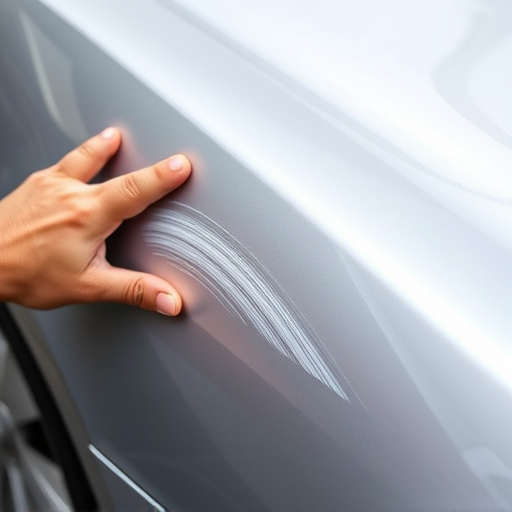
Factory seam duplication is a specialized process that involves creating precise duplicates of vehicle seams, typically found in car bodywork. These seams are critical junctures where different panels of a car’s exterior meet and merge, forming a seamless and durable structure. By duplicating these seams, manufacturers can ensure robust water and air intrusion prevention during repairs or the creation of new body panels. This method is particularly crucial for preserving the integrity and longevity of modern vehicles, which often feature complex designs with numerous intricate seams.
The process begins with meticulous examination and measurement of existing seams, especially after incidents like car dents or damage that may disrupt their integrity. Specialized equipment and trained technicians are then employed to replicate these seams precisely, often involving advanced technologies such as 3D scanning and CNC machining. The duplicated seams serve as templates for replacing damaged areas, ensuring that the new components fit perfectly with surrounding panels. This meticulous approach, while demanding in terms of skill and resources, offers significant advantages in maintaining the car’s structural integrity and aesthetic appeal, especially when compared to more rudimentary dent removal techniques.
The Role of Seams in Water and Air Barrier Systems
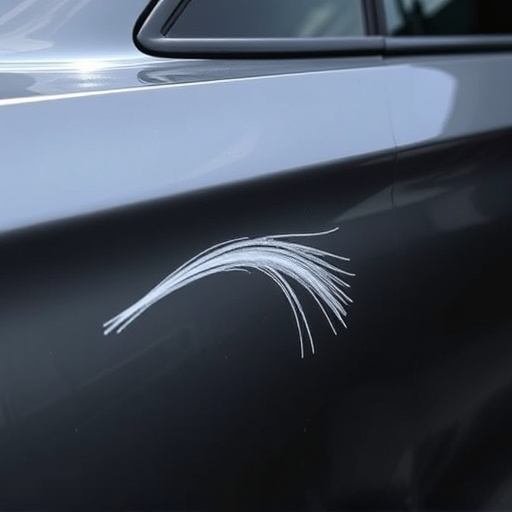
In water and air barrier systems, seams play a pivotal role as they are critical junctions where multiple components come together to form an uninterrupted protective layer. While seemingly simple, these joints often present unique challenges in terms of maintaining integrity and preventing infiltration. In cases like automotive body work, where precision and durability are paramount, understanding the importance of proper seam construction cannot be overstated.
Factory seam duplication is a meticulous process that replicates the original seam construction found in vehicle collision repair and fender repair scenarios. By duplicating these seams, manufacturers ensure that the barrier system remains continuous and strong, effectively sealing out water and air. This technique is particularly crucial when dealing with complex designs and diverse environmental conditions, ensuring that every joint contributes to the overall robustness of the protective layer.
Effective Strategies for Seam Duplication Implementation
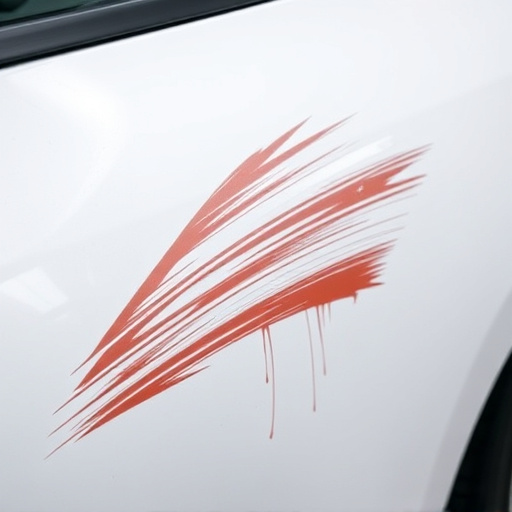
Implementing effective strategies for factory seam duplication is paramount in ensuring water and air intrusion prevention during automotive repair processes. A systematic approach should begin with a thorough inspection to identify potential weak points where water or air could penetrate, such as seams on panels, doors, and hoods. Once identified, duplicate seams are meticulously crafted using specialized equipment and precision techniques, mirroring the original factory specifications.
At collision centers or autobody repairs facilities, prioritizing factory seam duplication enhances structural integrity and long-term durability of the vehicle. This process involves careful planning, skilled technicians, and adherence to strict quality control measures. By mimicking the original manufacturing methods, these strategies ensure that any repair or replacement seamlessly integrates with the existing vehicle components, providing a seamless and robust defense against water damage, corrosion, and air infiltration.
Factory seam duplication is a vital strategy to enhance water and air barrier systems within industrial settings. By meticulously implementing duplicate seams, manufacturers can create robust and continuous barriers, ensuring optimal protection against environmental elements. This article has explored the fundamentals, highlighted the significance of seams, and provided effective implementation strategies for factory seam duplication, ultimately contributing to more secure and efficient production environments.
